New Director of Studies in GENECO
Short summary in English below
Vi tackar Helena Westerdahl för flera års insatser som studierektor för Geneco. Helena slutar sitt uppdrag vid halvårsskiftet för att under en period få lite mer tid över för forskning inom sitt ERC-projekt. Bengt Hansson tillträder som ny studierektor och Olov Hellgren övertar Bengts tidigare uppgifter i styrgruppen som nu består av
- Bengt Hansson – studierektor
- Dag Ahrén
- Olof Hellgren
- Johan Hollander
- Emily O´Connor
- Torbjörn Säll
- Christina Rengefors
Christer Löfstedt / prefekt
Short summary in English
Helena Westerdahl will leave as a director of studies in GENECO. Instead Bengt Hansson will take over.

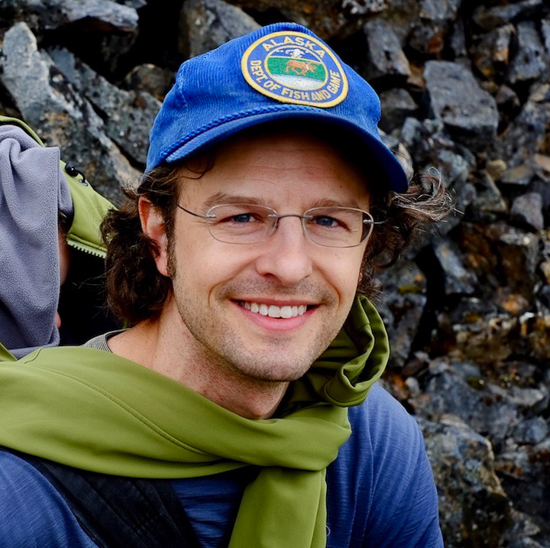
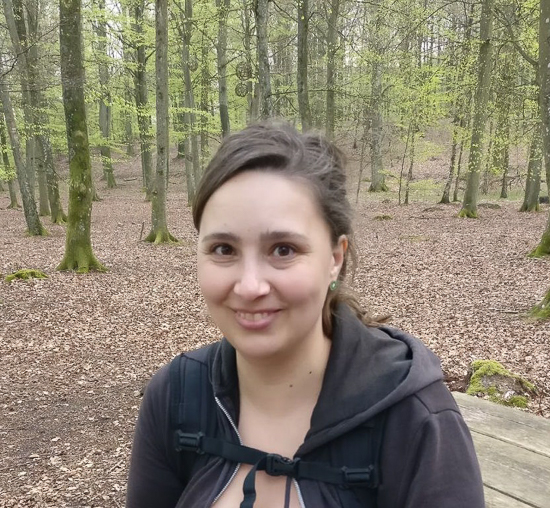
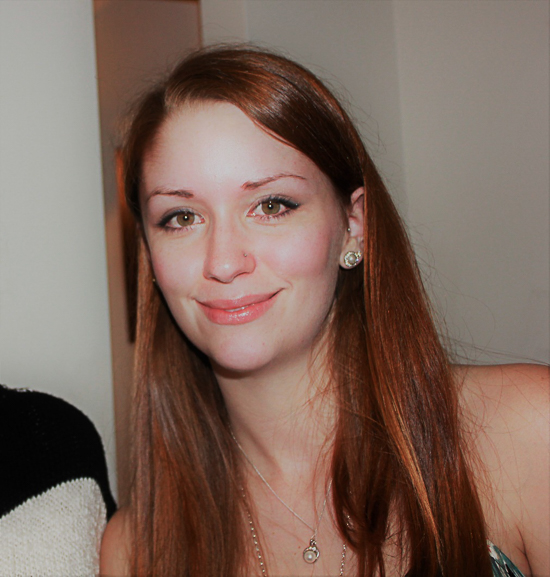
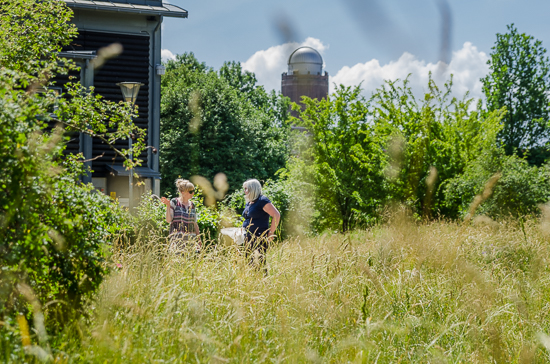
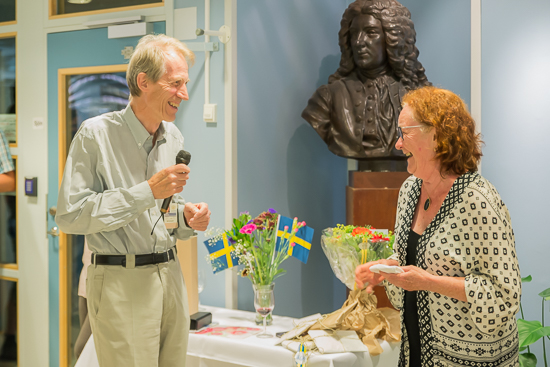
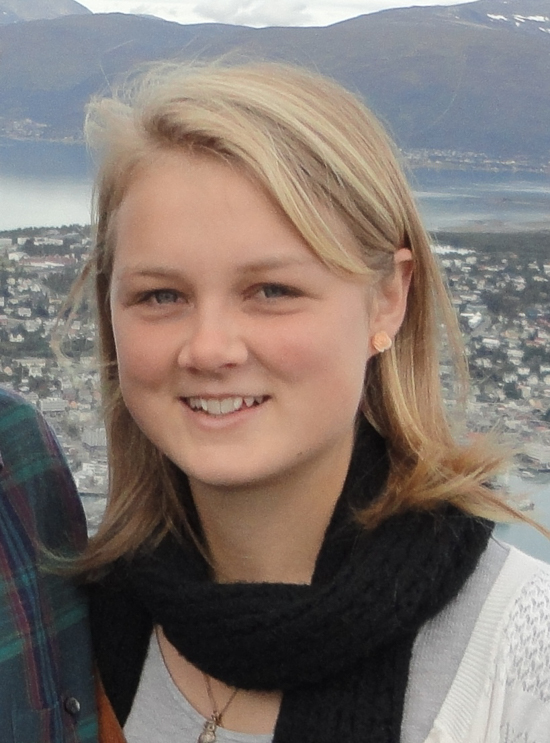
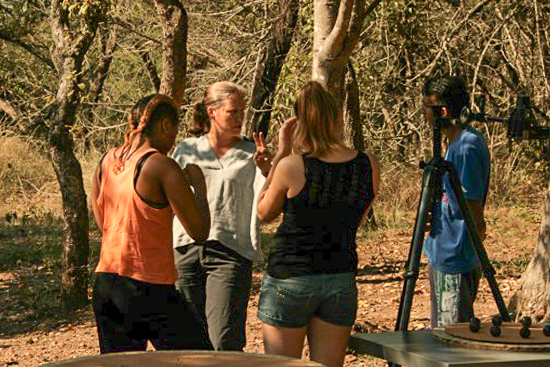
Kommentarer